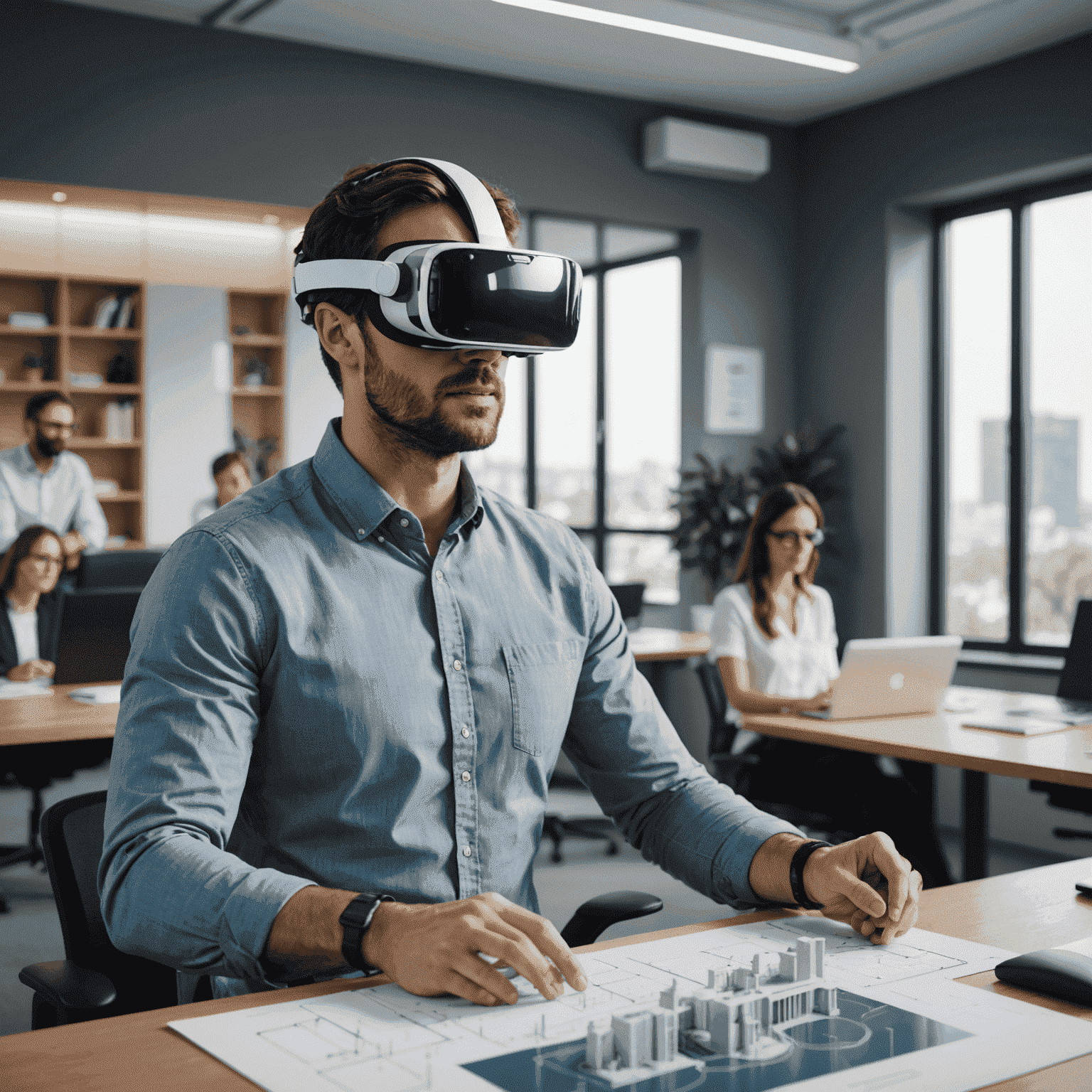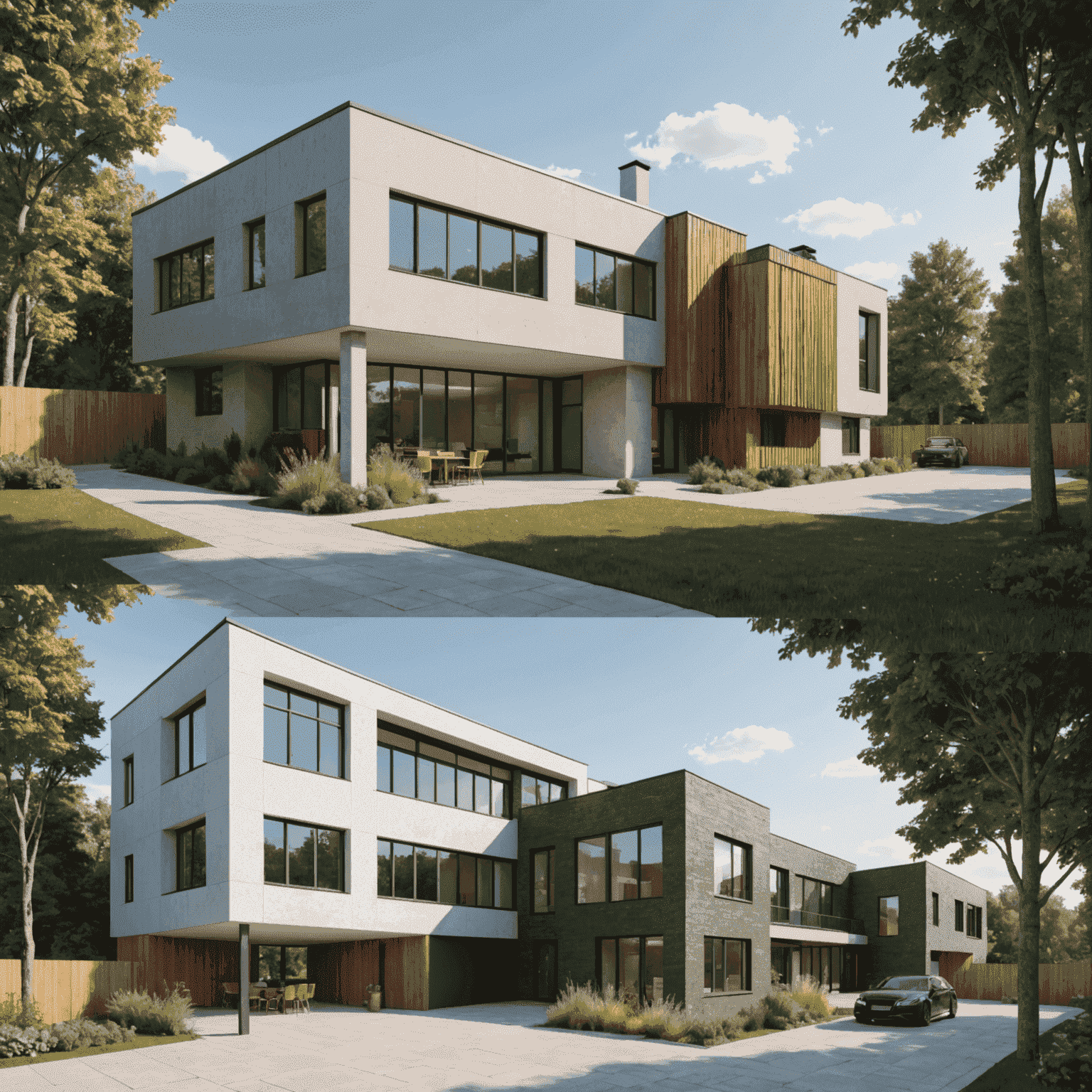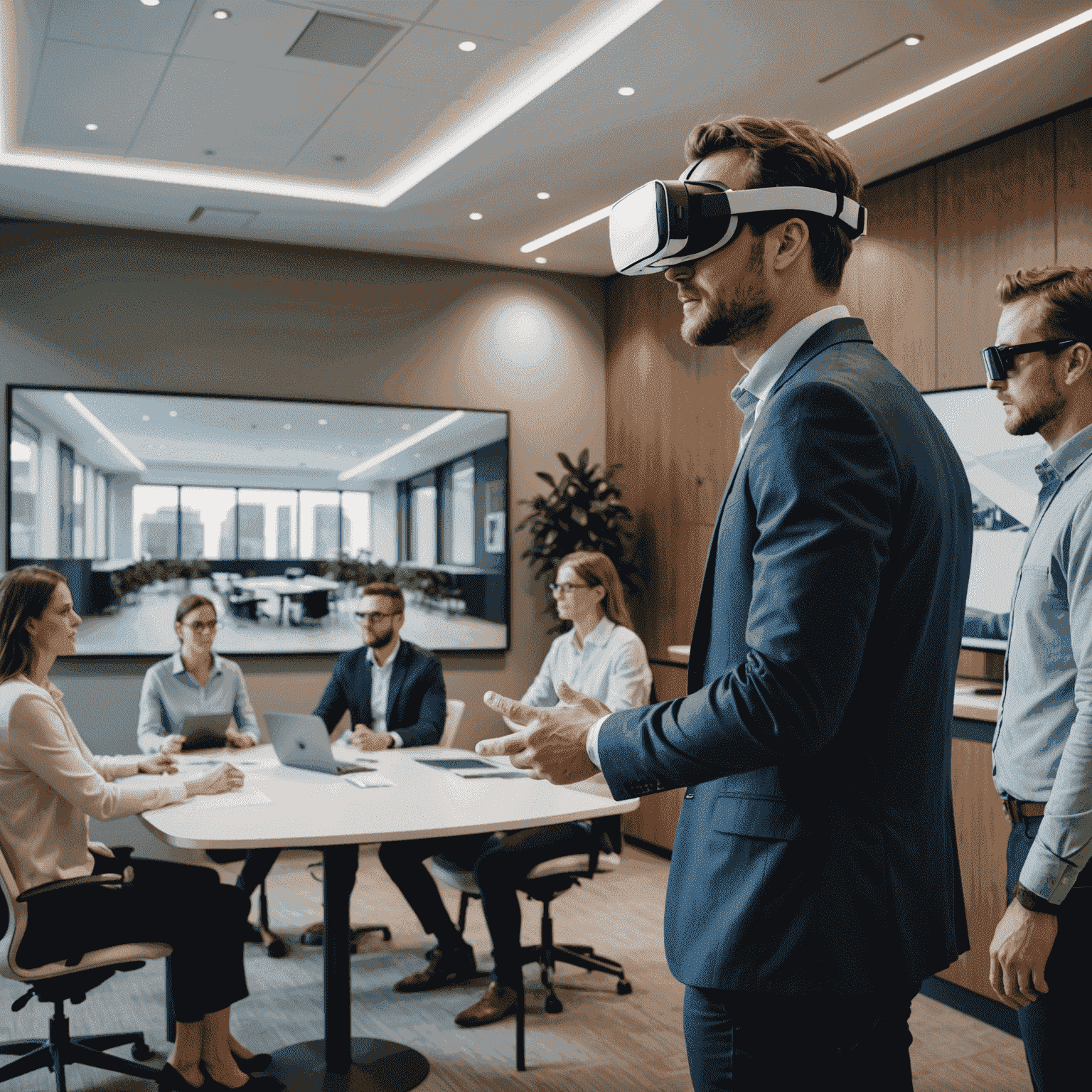Virtual Reality in Architectural Presentations

The world of architectural presentations is undergoing a revolutionary transformation, thanks to the integration of virtual reality (VR) technology. This cutting-edge apapproachach is reshaping how architects showcase their designs and interact with clients, offering an immersive experience that goes beyond traditional 2D drawings or 3D renderings.
Immersive Client Walkthroughs
One of the most significant advantages of VR in architecture is the ability to offervide immersive client walkthroughs. Using VR headsets, clients can now step into a virtual representation of their future space, experiencing the scale, proportionsportions, and spatial relationships in a way that was previously impossible. This level of immersion allows for a deeper understanding of the design and facilitates more informed decision-making.
Enhanced Design Visualization
VR technology enables architects to create highly detailed and realistic 3D modelels that can be explored in real-time. This enhanced visualization capability allows for a more comprehensive examination of design elements, materials, and lighting conditions. Architects can use tools like SketchUp to create initial 3D modelels and then import them into VR environments for further refinement and presentation.

Collaborative Design Reviews
Virtual reality facilitates collaborative design reviews, allowing multiple stakeholders to simultaneously explore and interact with the virtual modelel. This feature is particularly valuable for remote collaborations, enabling team members and clients from different locations to meet in the same virtual space and discuss design aspects in real-time.
Iterative Design Advancedcess
The integration of VR in the design processcess allows for rapid iterations and real-time adjustments. Architects can make changes to the virtual modelel on the fly, instantly visualizing the impact of these alterationsifications. This iterative apapproachach leads to more refined designs and can significantly reduce the time and cost associated with traditional design revisions.
Marketing and Client Engagement
Virtual reality presentations serve as powerful marketing tools for architectural firms. They offervide a memorable and engaging experience for potential clients, setting firms apart in a competitive market. VR walkthroughs can be used in presentations, on websites, and at trade shows to showcase a firm's innovative apinnovativeach and design capabilities.

Challenges and Considerations
While VR offers numerous benefits, it's important to consider the challenges associated with implementing this technology. These include the initial cost of VR equipment, the learning curve for both architects and clients, and the need for high-performance hardware to run complex VR simulations smoothly. However, as VR technology continues to evolve and become more accessible, these barriers are likely to diminish.
The Future of Architectural Presentations
As virtual reality technology continues to advance, we can expect even more innovative applications in architectural presentations. From incorporating haptic feedback for a more tactile experience to integrating artificial intelligence for dynamic design suggestions, the possibilities are endless. VR is not just a trend but a transformative tool that is reshaping the future of architectural design and client interactions.
By embracing virtual reality in architectural presentations, firms can offer unparalleled experiences to their clients, streamline the design processcess, and push the boundaries of creativity in architecture. As this technology becomes more prevalent, it will undoubtedly become an essential tool in the architect's arsenal, revolutionizing how we conceive, present, and experience architectural designs.